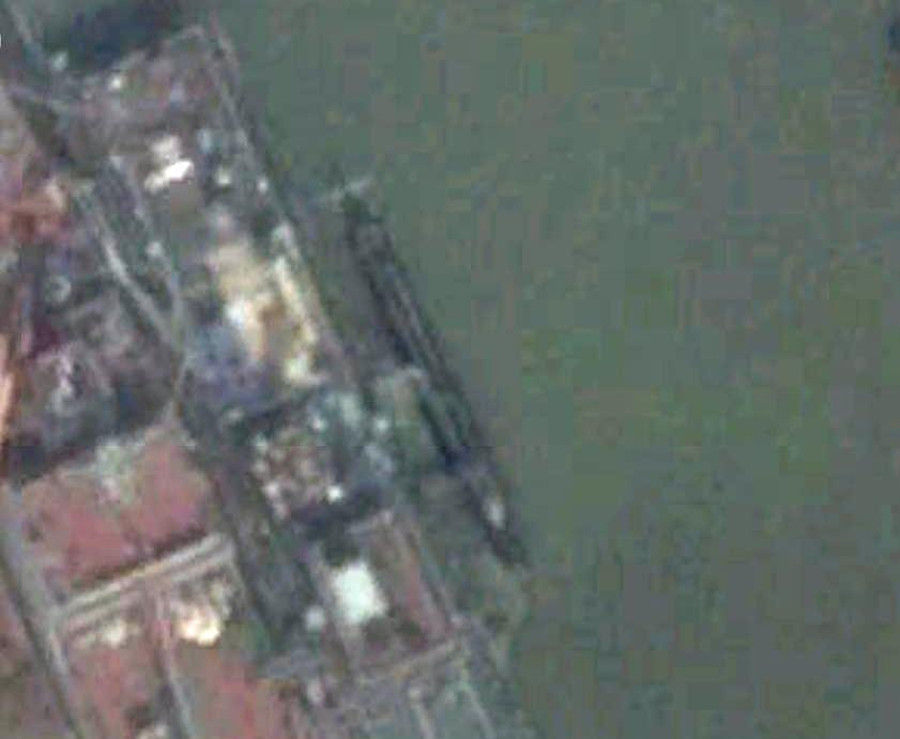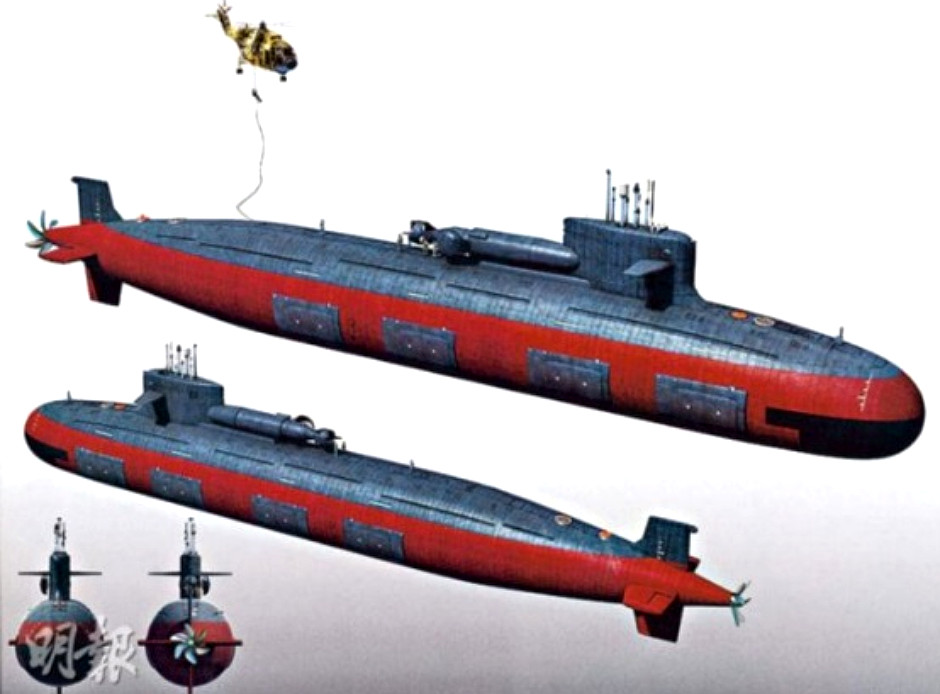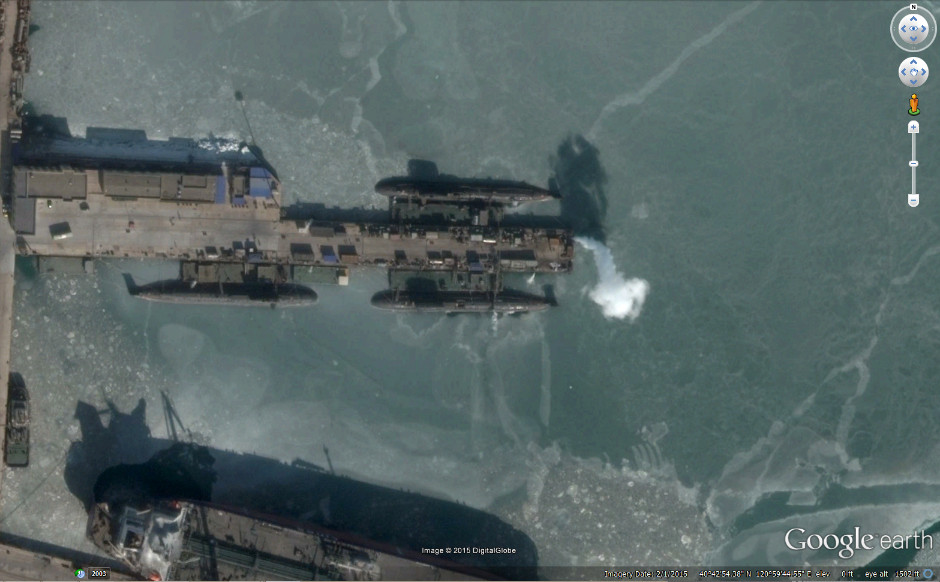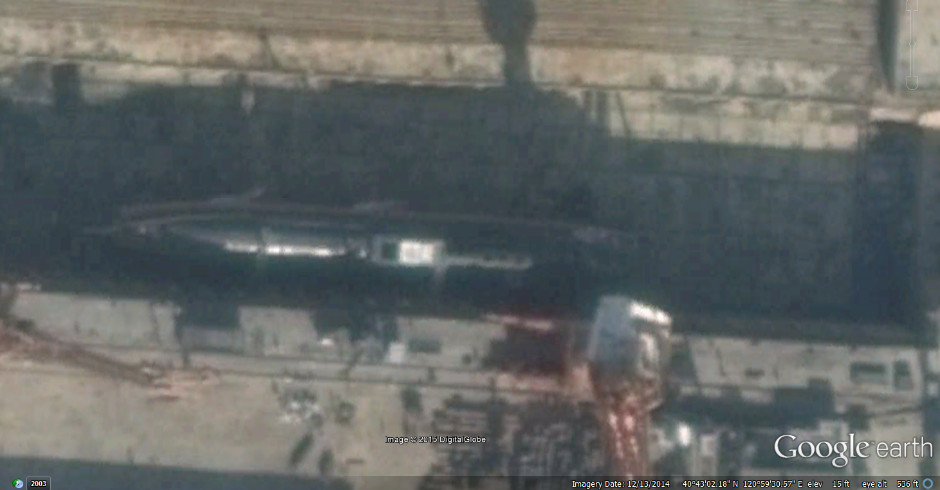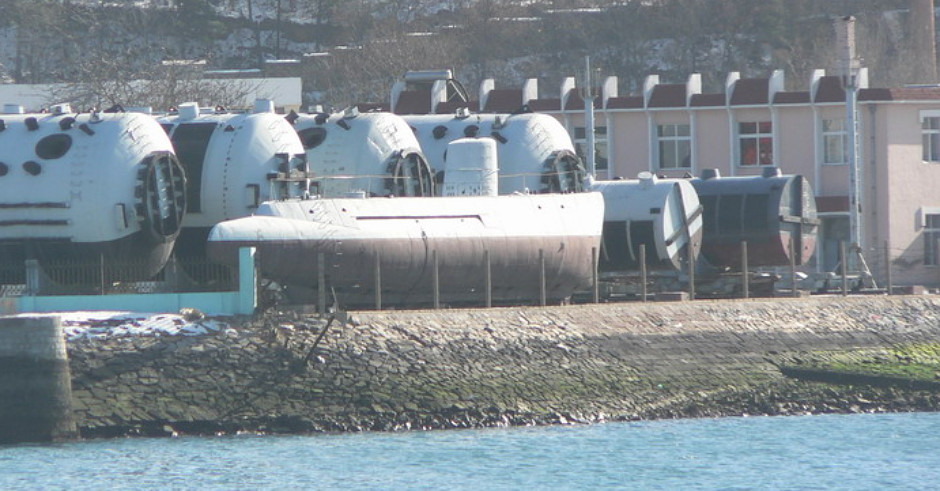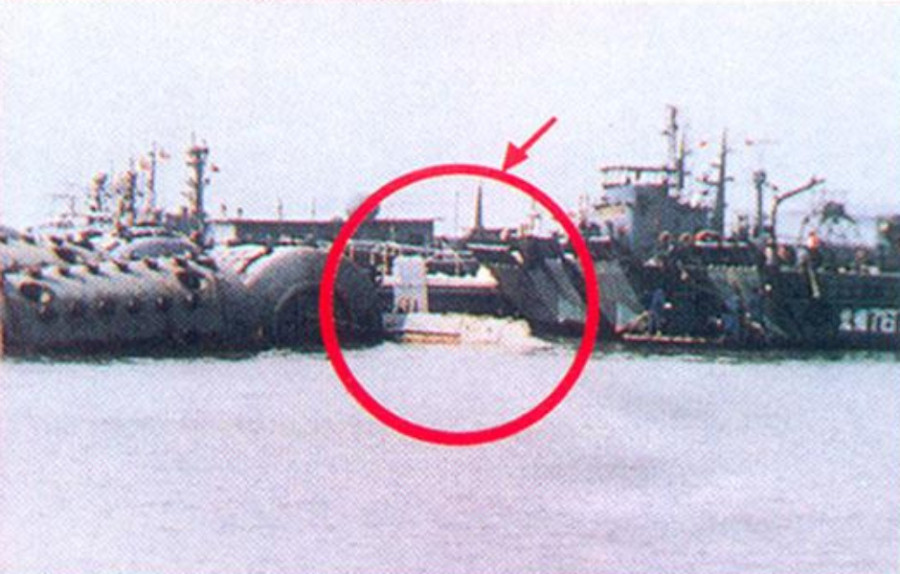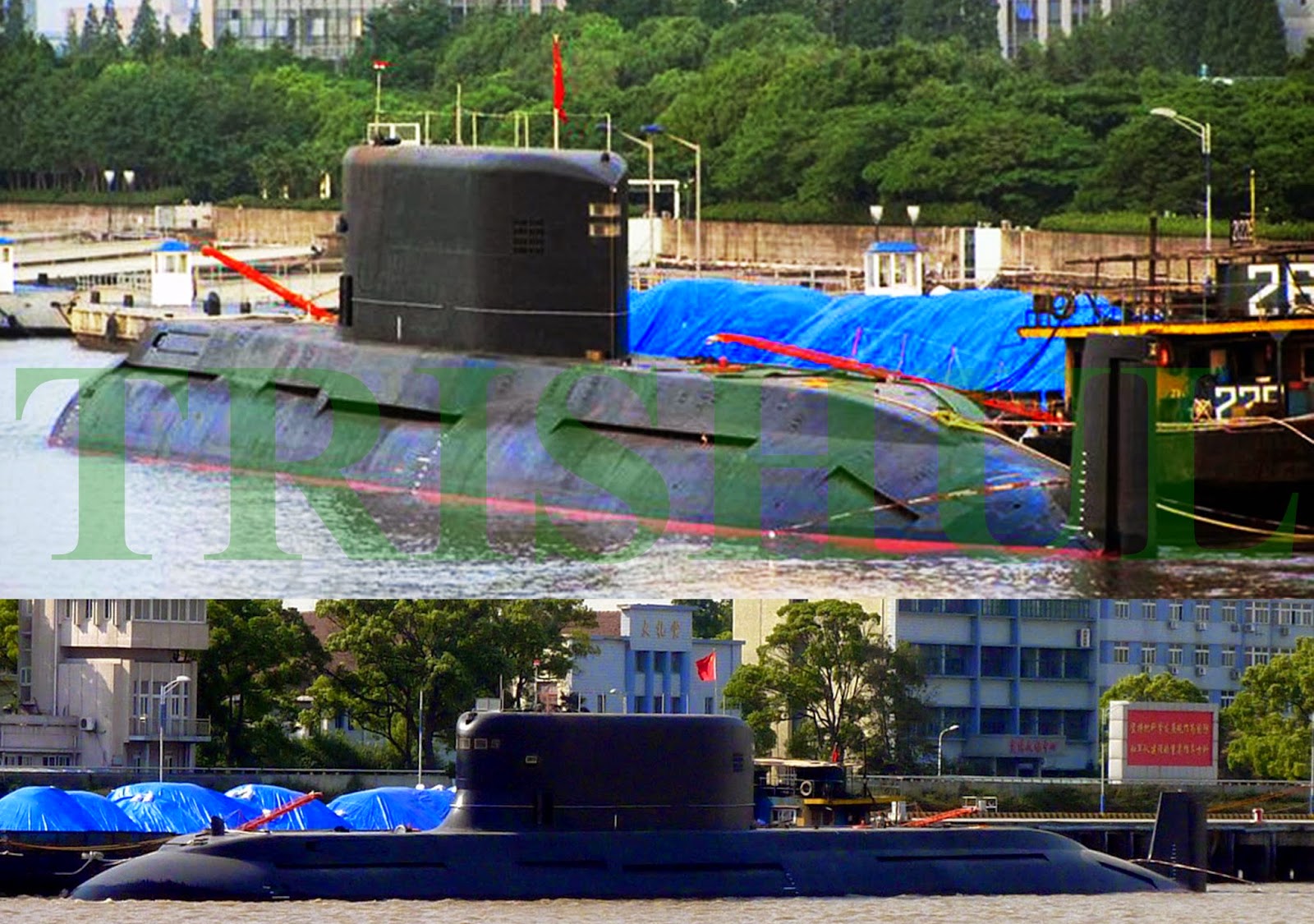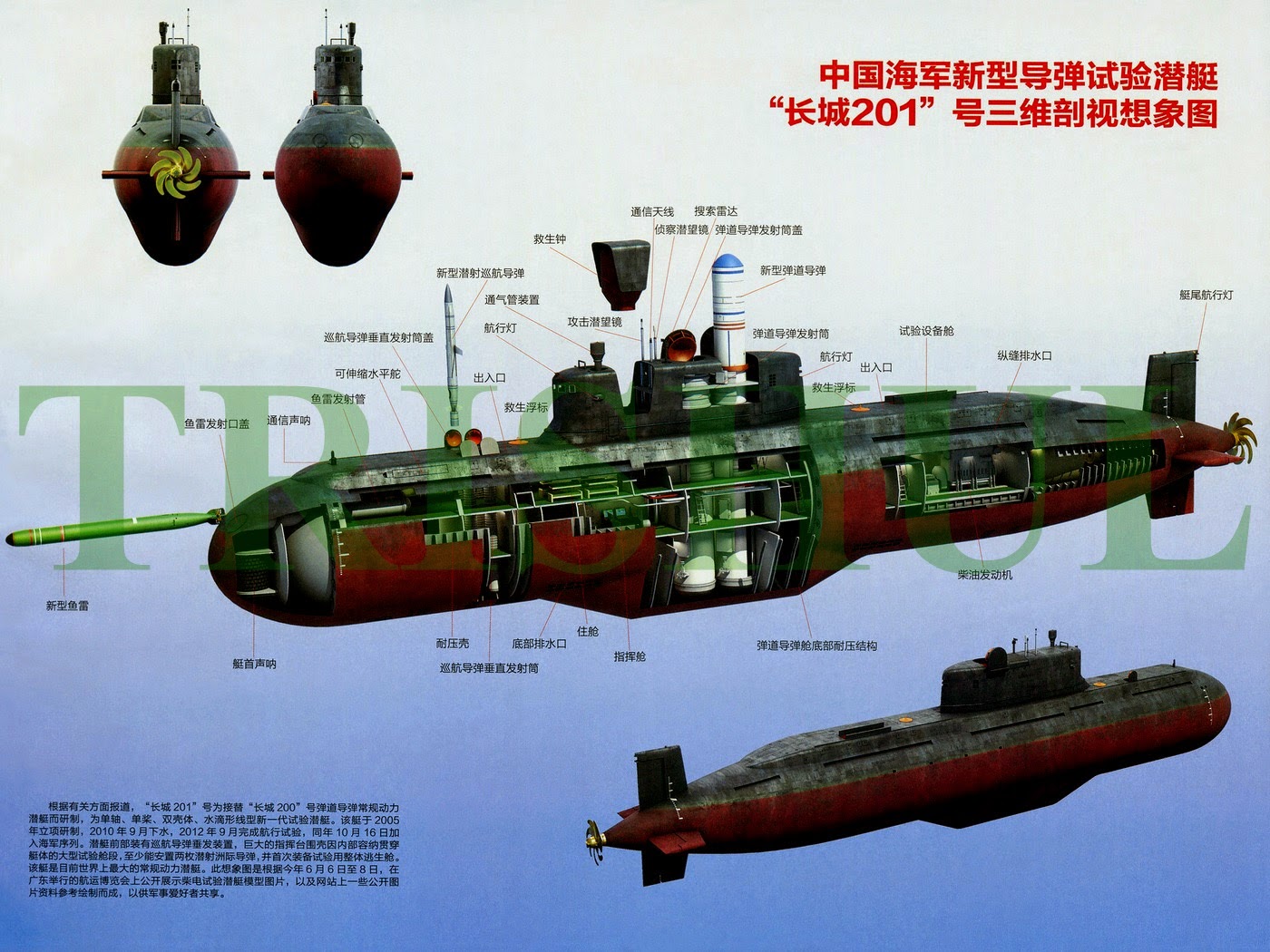This is a de-classified Guide on Chinese Naval Power. I posted it here for the benefit of Bangladeshi members since there is a lot of interest in Chinese Navy vessels, especially subs.
Maybe
@Penguin bhai can comment on the validity on some of this information below about Chinese subs, which seems a bit dated anyhow.
Nuclear deterrence
The mainstay of Chinese nuclear deterrence is land based mobile ICBMs, but the PLAN has long harbored the desire to carry its load of the burden. The first ballistic missile submarine was a sole Golf class diesel boat built with Russian assistance. The boat never became operational, instead being a testing boat for subsequent designs.

The Golf class boat was widely reported inactive but has recently be refitted, probably to assist in the JL-2 ballistic missile program. Due to its limited endurance and stealth the boat is unsuitable for operational employment except from Chinese waters from where, with JL-2s, it could hit Australia, Japan, Taiwan and some Russian and US overseas/Alaskan targets, but not mainland US. Compared to modern SSBNs to golf only carries two missiles verses a more typical load of 16.
The Golf was superseded by the altogether more modern Type-092 Xia class, with nuclear power and a hull form not unlike contemporary British and French SSBNs. The Xia class was comparatively unreliable and rarely ventured out of Chinese waters, it’s relatively short ranged JL-1 missiles not posing a serious threat relative to other SSBNs of the 1980s. Two boats were launched but one was lost and only one remains. This was reported out of service but has recently been refitted, repainted and as far as we can tell, returned to service possibly with upgraded missiles. The remaining Xia Class boat is ported near Qingdao:


Reports that the Xia class boat has been converted to a cruise missile carrier are interesting but unconfirmed.
The follow-on to the Xia class is the Type-094 Jin class SSBN. Compared to the Xia class these are of a similar design but significantly longer with the missiles placed further aft, and general improvements. The boats are overall comparable to Western SSBNs such as the French Le Triomphant class, although a notable characteristic is the older-generation conventional screw propulsion rather than the increasingly common pump-jet arrangement.


At least two boats have been commissioned with a total of 5 expected. Armed with just 12 SLBMs the Jin’s continue to carry fewer missiles than their western and Russian contemporaries, but the reported 8,000km range of the JL-2 is very formidable. It is unconfirmed as to whether they have MIRVs.
8,000km is not far enough however to hit mainland US from Chinese waters.

In order to threaten mainland US targets the Jin would have to make it past the formidable submarine tracking assets of US forces in the region (we can speculate bases in Guam, the tip of Alaska and Hawaii) and other ‘western’ allies such as Japan, South Korea, Australia and Taiwan. In essence the Chinese naval bases are every bit as ‘encircled’ by Western forces as the Soviets were, however unlike the Russians they cannot escape under the ice of the North Pole. China’s natural “bastion” is the Bohai Gulf to the west of Dalian, where we can reason that Chinese subs are relatively safe, but this does not offer the range advantage inherent of ocean-going submarine operations.
Perhaps a more likely operational patrol might be sailing south into the deep water of the South China Sea, or carefully sneaking into the Gulf of Thailand or Java Sea to target India from another less predictable angle, perhaps circumventing India’s growing anti-ballistic missile defences. There are reports of Type-094 SSBNs porting at the new submarine base on Hainan in southern China which lends itself to this latter scenario.
-------------------------
3. Submarines
As well as the modest force of SSBNs described above, PLAN has a relatively large and increasingly modern submarine fleet of both nuclear and conventional attack boats. These are of both Chinese and Russian designs and all could be modified to carry land attack cruise missiles, which China almost certainly has the technology for, if desired. Since around 2000 China has built several new submarine bases to accommodate the enhanced fleet.
3.1 Nuclear Attack Submarines (SSN)
5 x Type-091 ‘Han’ Class
2 + (est 5) x Type-093 ‘Shang’ class
The primary SSNs of the PLAN are the Type-093 Shang Class boats. These are generally thought to be equivalent of early Los Angeles class American SSNs and pose a serious threat to even the most modern adversary, especially with recent years of neglect in ASW circles. The PLAN has been using its submarines more aggressively, or rather more confidently, lately with high-profile incidents such as trailing US carrier battle groups. In this game, the Shang’s are China’s most potent submarines. Specifications and armament are not known but probably includes supercavitating torpedoes(Russian VA-111 Shkval-E) and anti-ship missiles, and possibly land attack cruise missiles. All torpedo tubes are mounted in the bow.

The Shangs are supported by 4 aging Han class. These were China’s first generation SSNs and share much in common with the Type-092 Xia class SSBN. A 5th Han has been retired as the newer Shangs join the line. The Hans are 1970s designs but remain a credible threat and satellite imagery confirms at least one boat undergoing refit recently which may include unknown upgrades.
 3.2 Conventional attack submarines (SSK)
3.2 Conventional attack submarines (SSK)
4+ x Type-041A/B Yuan class
10 x Type 636 ‘Kilo’ class
2 x Type 877-EKM ‘Kilo’ class
16 x Type-039/G/G1 Song class
10-15 Type-035 Ming class (retiring/reserve?)
5-8 Type-033 ‘Romeo’ class (retiring)
The most formidable SSK in Chinese service is the indigenous Type-041 Yuan class boat, which is clearly based on the Russian Kilo class but with extensive modifications similar to Russia’s own Kilo follow-on, the Lada class. The Yuan differs most noticeably in sail-mount hydroplanes and more conventional tail. The Yuan is also reported to have an air-independent propulsion system similar to those on the latest western SSKs for quieter running. There are two distinct models, -A & -B, with future boats expected to feature pump-jet propulsion.
continued......




































